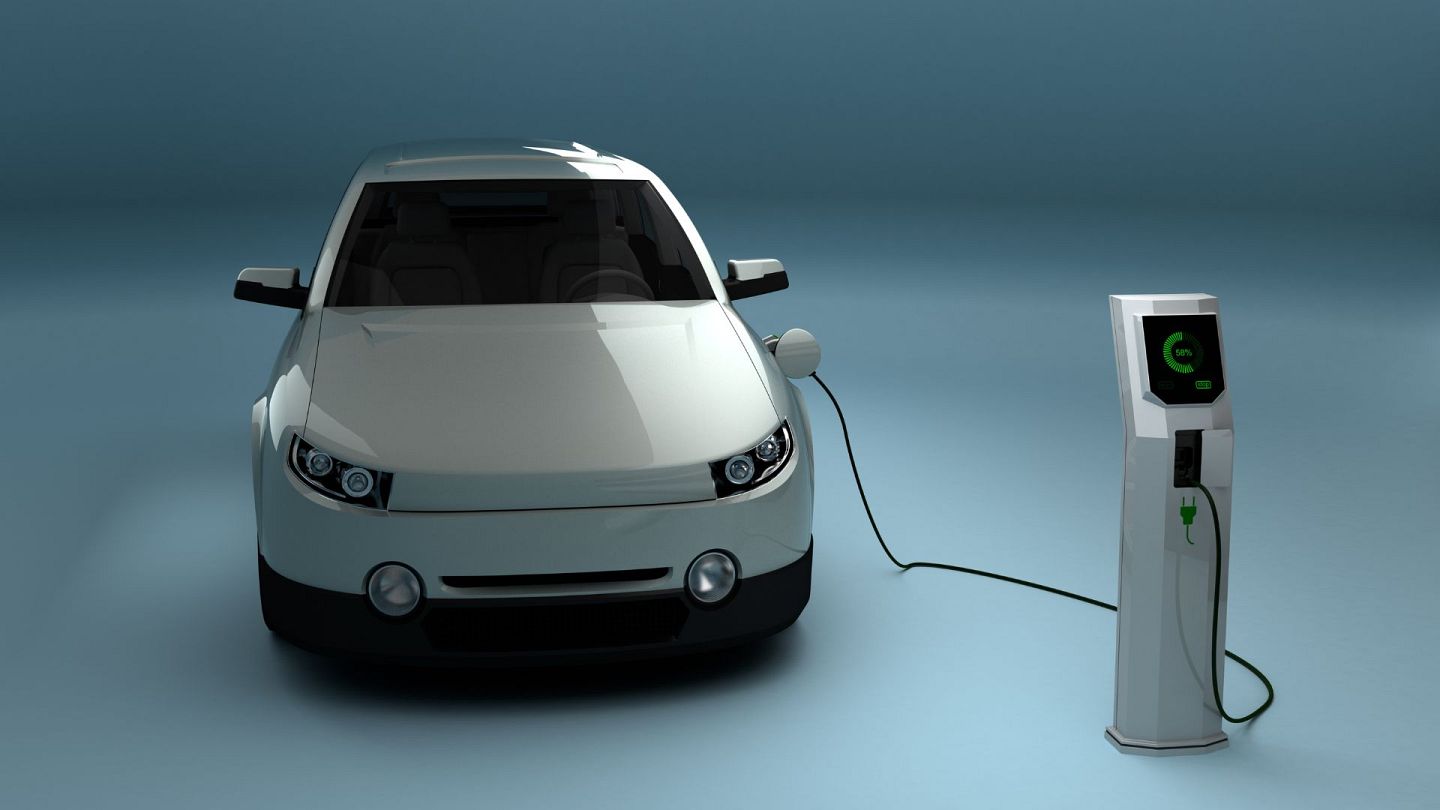Shop At Haya: Your Ultimate Shopping Guide
Discover the best shopping tips, trends, and deals for a smarter buying experience.
Charge Up: The High Voltage Future of Electric Cars
Explore the electrifying future of electric cars! Discover innovations, trends, and the race to revolutionize the automotive world.
The Evolution of Electric Vehicles: From Concept to Mainstream
The journey of electric vehicles (EVs) began in the early 19th century, with pioneers like Robert Anderson and Thomas Parker experimenting with battery-powered carriages. However, it wasn't until the late 20th century that significant advancements in technology and growing environmental concerns reignited interest in EVs. By the 1990s, automakers like General Motors introduced models such as the EV1, making headlines and capturing public imagination, yet the adoption was limited due to range concerns, charging infrastructure, and societal perceptions. The evolution of electric vehicles truly started to gain momentum in the 2000s with the launch of the Tesla Roadster, which showcased the potential of modern electric propulsion systems and challenged the preconceived notions surrounding EV capabilities.
As the 21st century progressed, the automotive landscape underwent a major transformation with the emergence of electric vehicles as a viable alternative to traditional internal combustion engine vehicles. Growing regulatory pressures, advancements in battery technology, and increasing public awareness of climate change significantly contributed to this shift. Today, major automotive manufacturers are investing heavily in electrification strategies, leading to a diverse market of EV options ranging from compact cars to SUVs and trucks. The widespread adoption of EVs is now supported by expanding charging networks and innovative technologies, making them a mainstream choice for consumers seeking sustainable transportation solutions.

How Electric Cars Work: A Beginner's Guide to EV Technology
Electric vehicles (EVs) work by converting electrical energy into mechanical power to drive the vehicle. At the heart of every electric car is the battery, which stores the electricity needed to power the vehicle's electric motor. Unlike traditional internal combustion engines that rely on gasoline or diesel, EVs use electric motors that are powered by electricity stored in the battery. This technology offers numerous benefits, including lower emissions and reduced dependence on fossil fuels. Understanding how the components work together is essential for anyone looking to grasp the basics of EV technology.
At a high level, the basic components that make an electric car operate include the electric motor, battery pack, controller, and regenerative braking system. The controller acts as the brain of the vehicle, managing the flow of electricity between the battery and the motor to optimize performance. When the driver presses the accelerator, the controller allows current to flow from the battery to the motor, generating the power needed for acceleration. Additionally, the regenerative braking system captures energy usually lost during braking and redirects it back to the battery, extending the vehicle's range. This synergy of components highlights the advanced technology behind electric cars.
What Will the Future Hold for Electric Cars? Trends and Predictions
The future of electric cars is poised for significant transformation as advancements in technology and growing environmental concerns drive the market. One of the most prominent trends is the enhancement of battery technology, leading to longer ranges and shorter charging times. According to industry experts, we can expect to see a proliferation of solid-state batteries in the coming years, which promise not only greater energy density but also improved safety. Additionally, the development of fast-charging infrastructure will further alleviate consumer range anxiety, making electric vehicles (EVs) a more viable option for everyday drivers.
Moreover, the integration of smart technology will redefine the user experience in electric cars. Vehicles are expected to become increasingly connected, utilizing Internet of Things (IoT) capabilities to provide drivers with real-time data on traffic, charging station availability, and even potential maintenance needs. Together with the push toward autonomous driving, this evolution will transform the concept of mobility, making electric cars not just environmentally friendly, but also highly efficient and user-centric. As automakers continue to invest heavily in research and development, the next decade may witness a rapid shift from traditional internal combustion engines to a future dominated by electric vehicles.